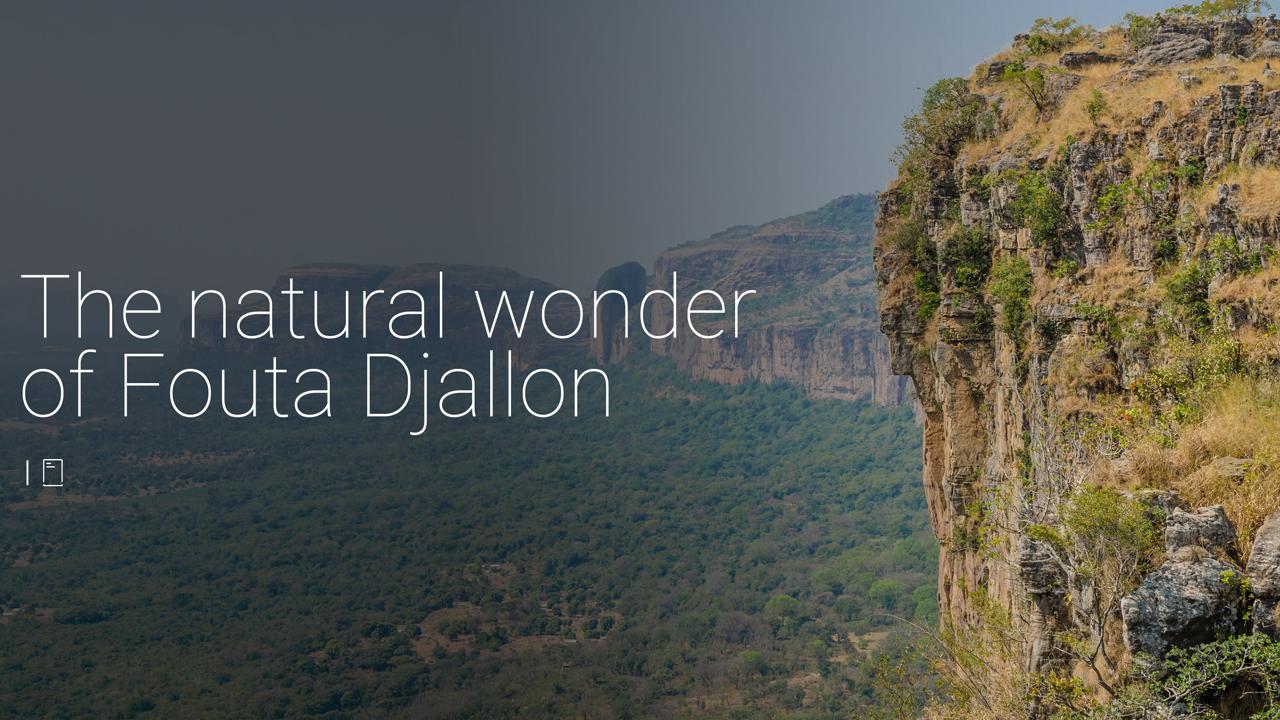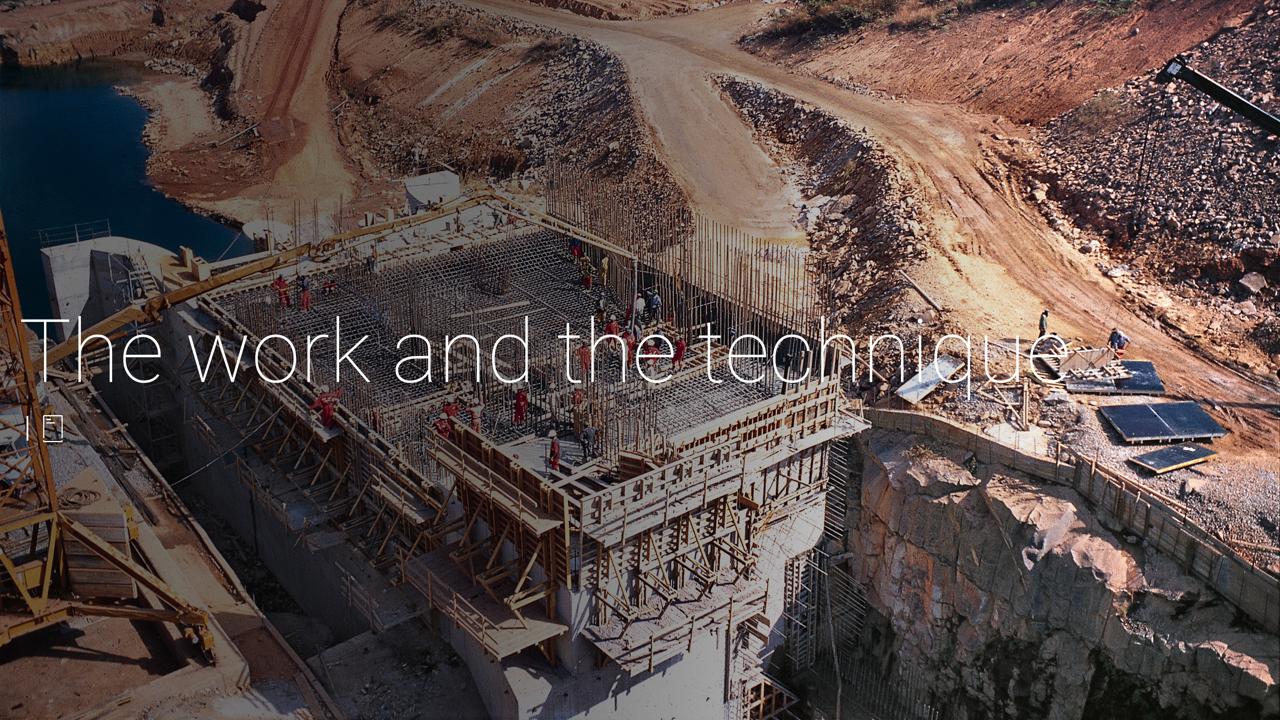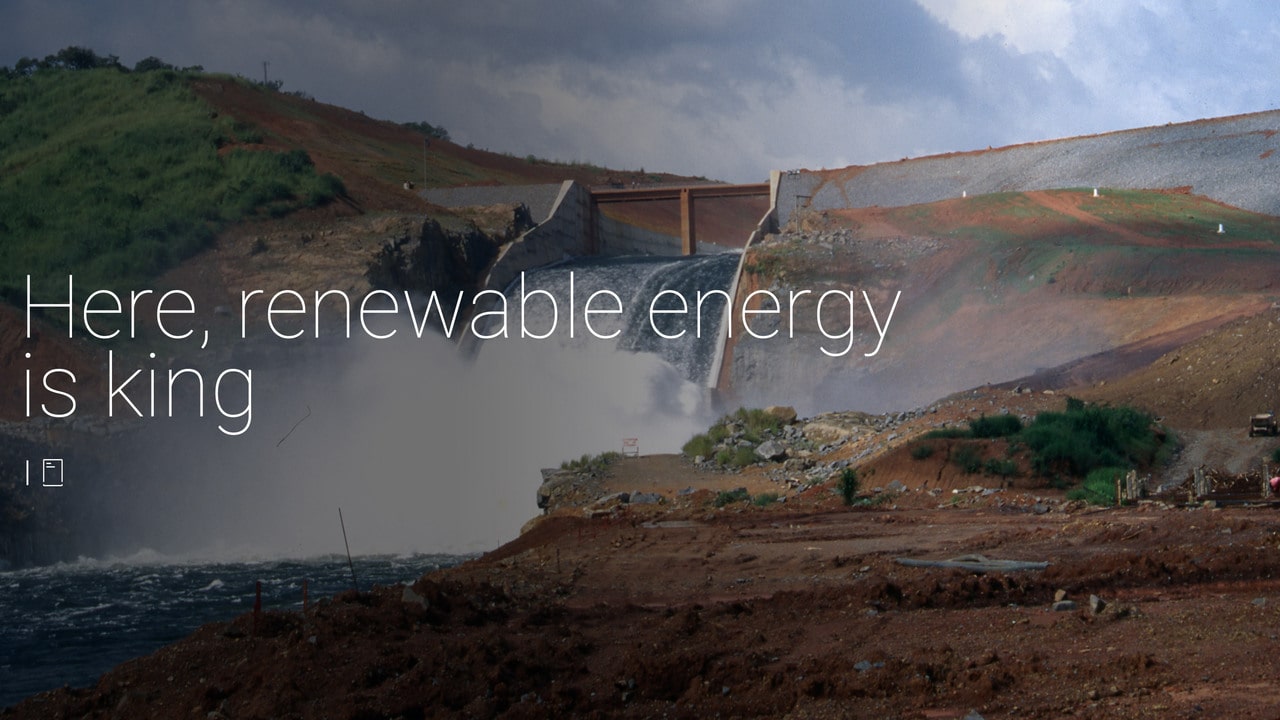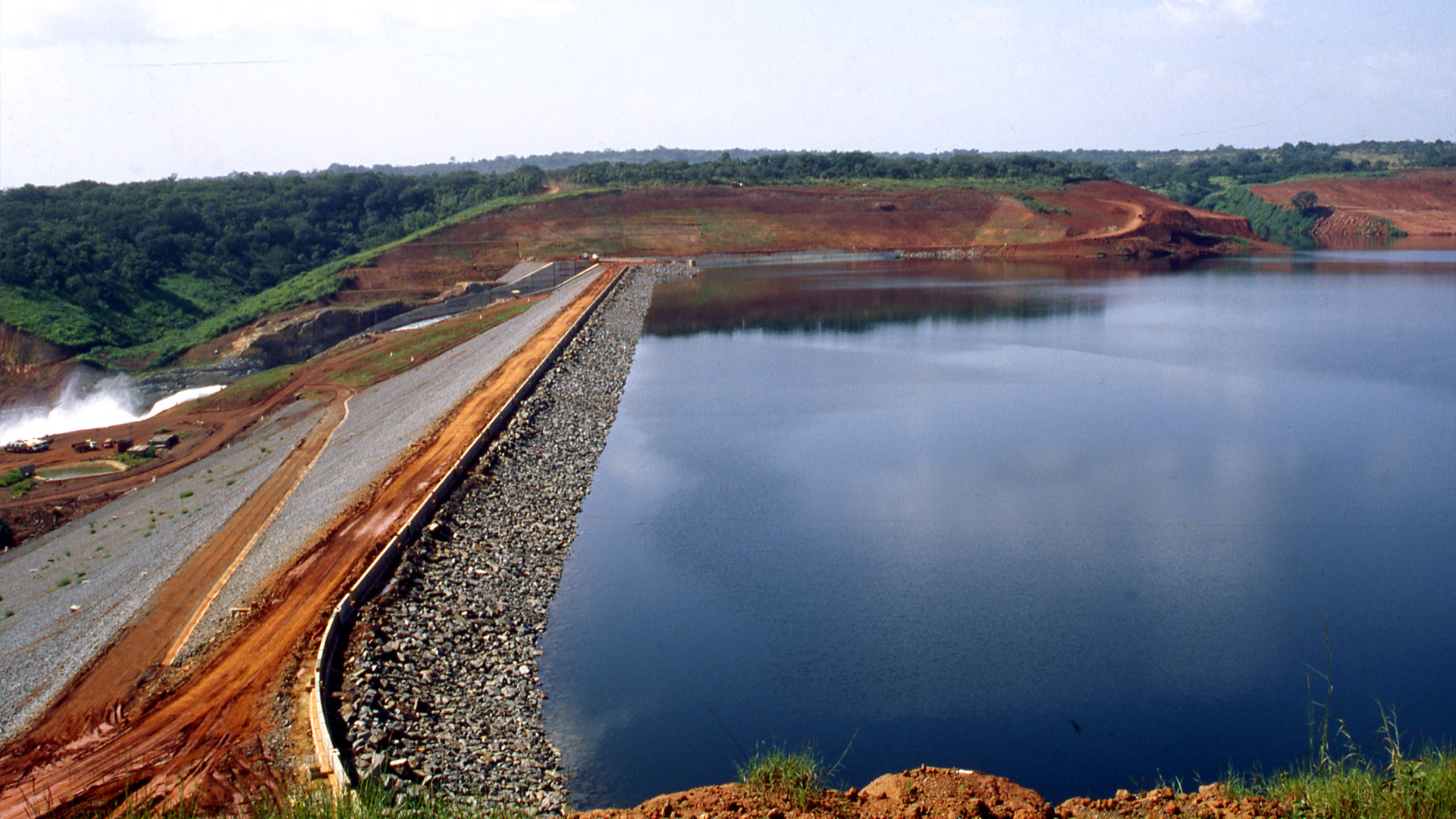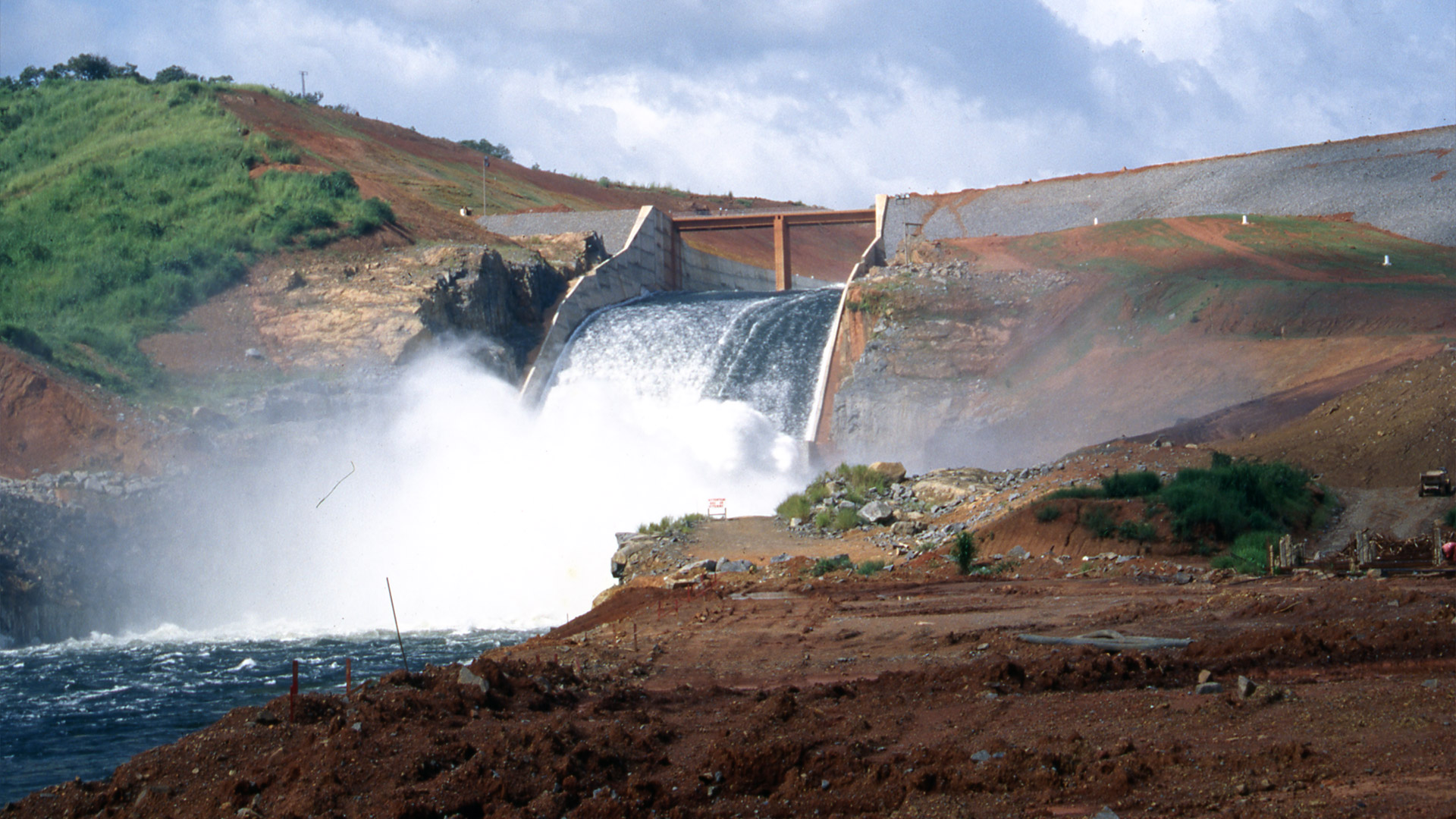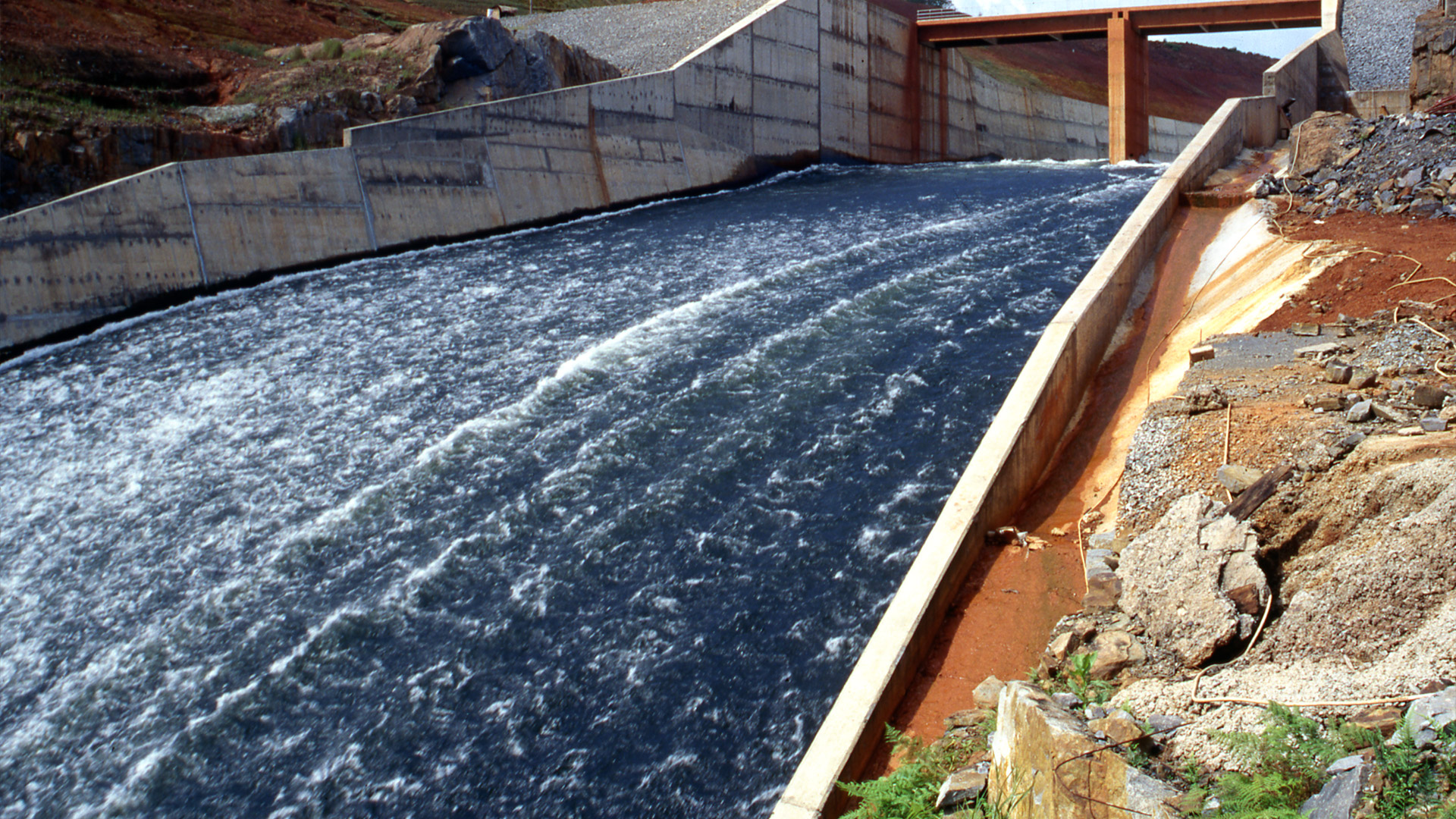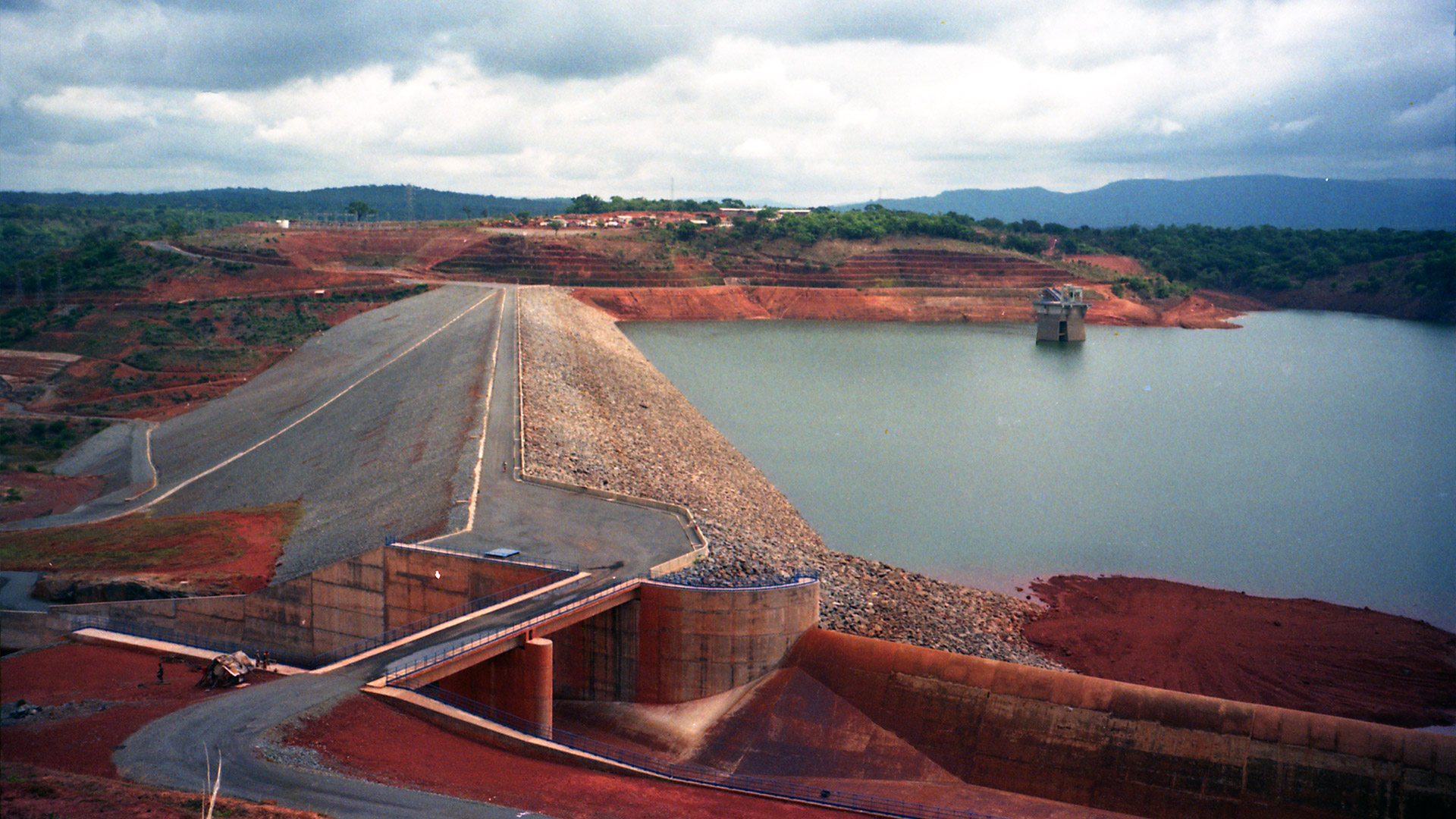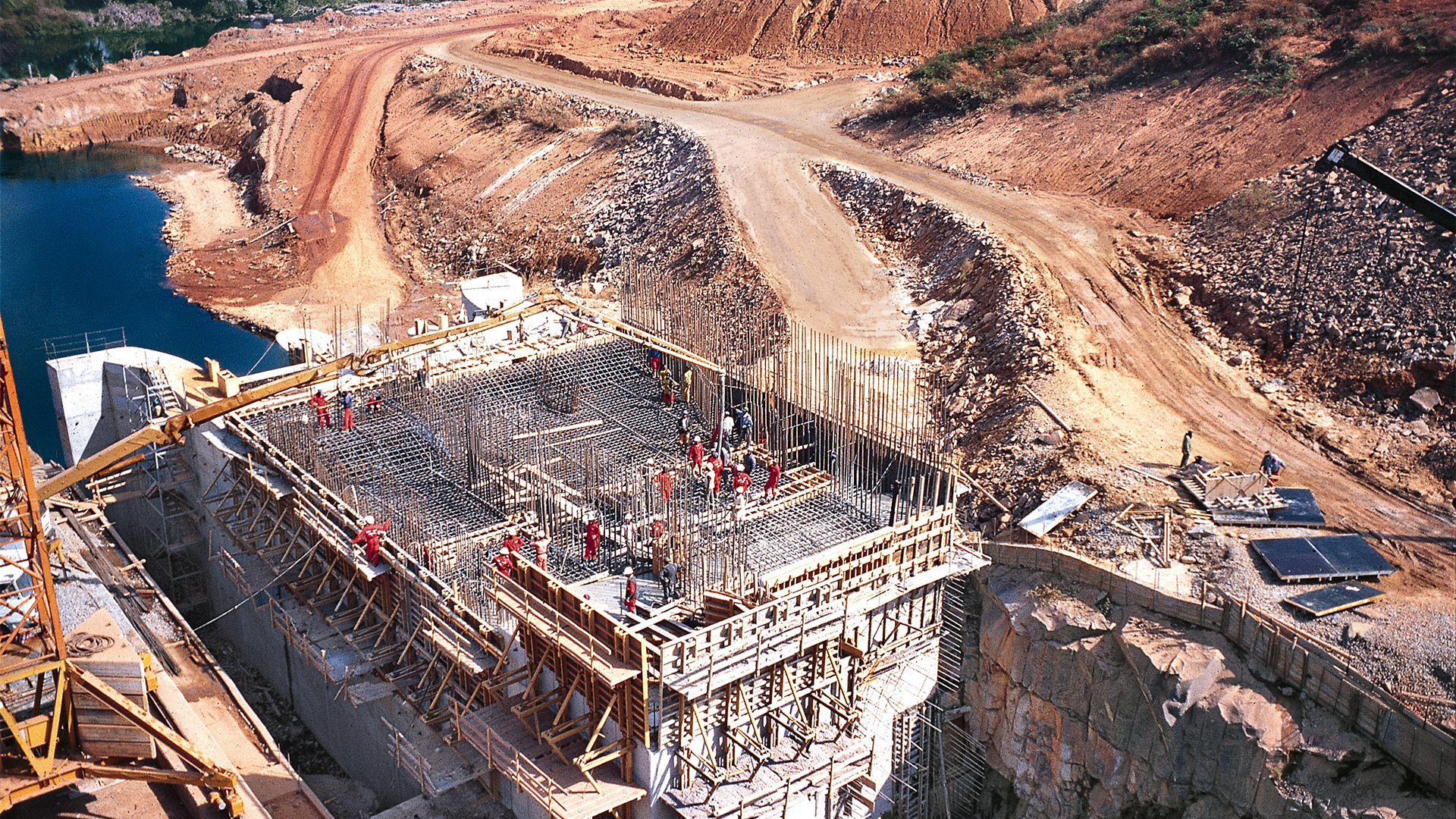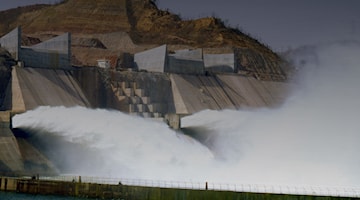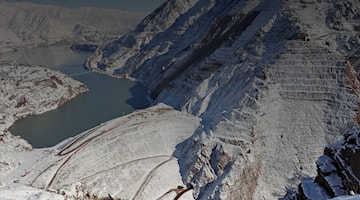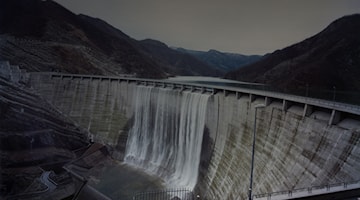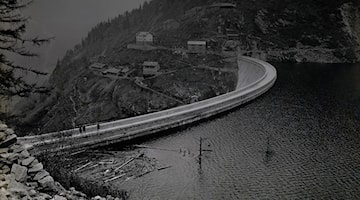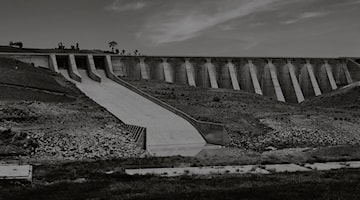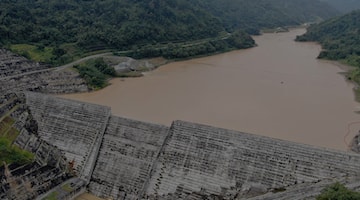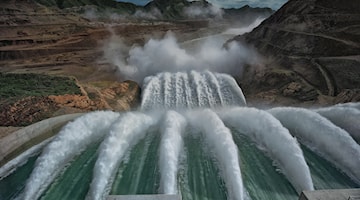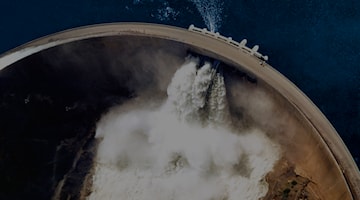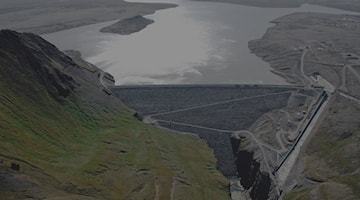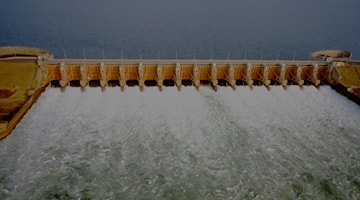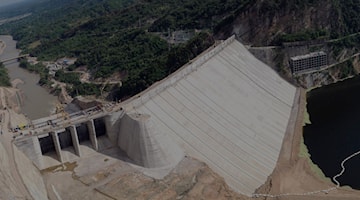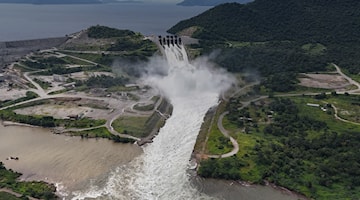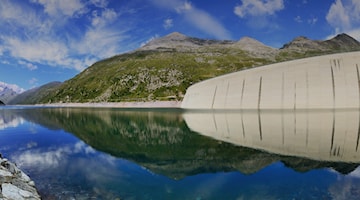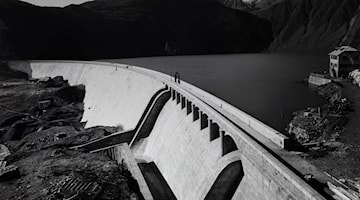A river that is positively bursting with energy
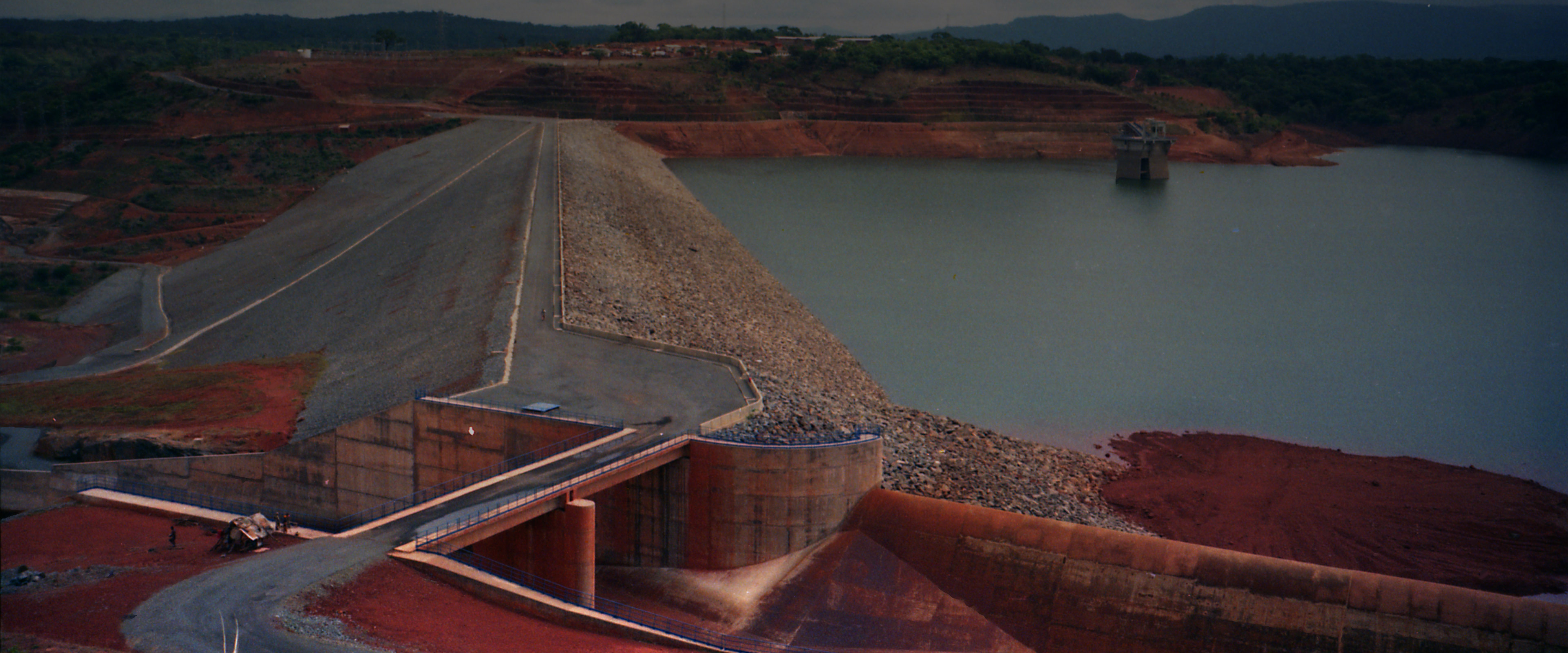
GARAFIRI DAM, GUINEA
Flowing out of the heart of the Republic of Guinea, the Konkouré River runs along the border between the Kindia and Mamou regions and, after travelling 330 kilometres, it finally plunges into the Atlantic Ocean just north of the country’s capital of Conakry. The boundless number of rapids and waterfalls passing through it makes it nothing short of a godsend for the country’s hydroelectric power needs, not least thanks to the Garafiri Dam. Designed around the mid-1980s and constructed at the end of the following decade, between 1996 and 1999, it is a zoned earthfill dam with a 725m-long crest, a capacity of 1.6 million cubic metres of water and an output of 6,000 MW of energy.
One of the many production activities linked to the Konkouré River and supported by the dam’s operation is the bauxite industry, centred around a sedimentary rock that is the main raw material for the production of aluminium. The dam, which came into operation in 2000, has also provided a significant contribution to the domestic electricity supply of a nation where as recently as 2013, electricity was still only accessible to just over 34% of the population, and in some cases for a maximum of twelve hours a day. In short, it represents a huge leap forward for a country with enormous agricultural potential that is one of the richest in West Africa in terms of mineral resources, the second-largest producer of bauxite globally (sitting on 30% of the world’s reserves), and the location of vast reserves of iron, gold and diamonds.
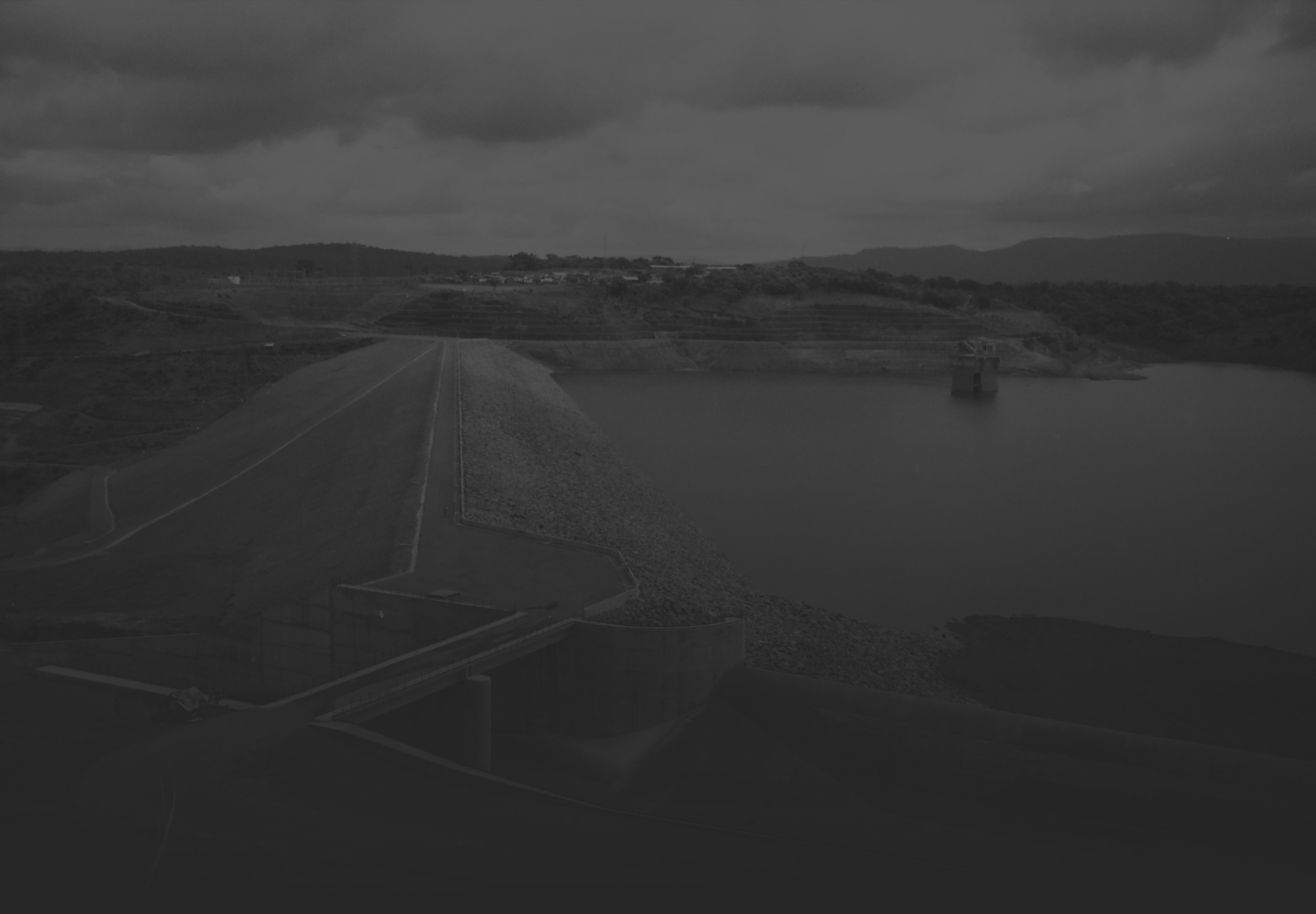
THE WORK AND THE TECHNIQUE
M CREST LENGTH
M MAXIMUM HEIGHT
M3 VOLUME
M3 RESERVOIR VOLUME
M3 OPEN-AIR EXCAVATIONS
M3 UNDERGROUND EXCAVATIONS
M3 VOLUME OF REINFORCED CONCRETE SECTIONS
ENELEGUI
Salini Costruttori, now part of the Webuild Group
The construction of the Garafiri Dam was awarded to Salini Costruttori, now part of the Webuild Group. Work on the structure’s design had already begun in 1984, but it was only thanks to the provision of foreign funds, supporting the local government, that it became possible to undertake the initial excavation work some ten years later.

CULTURAL INSIGHTS
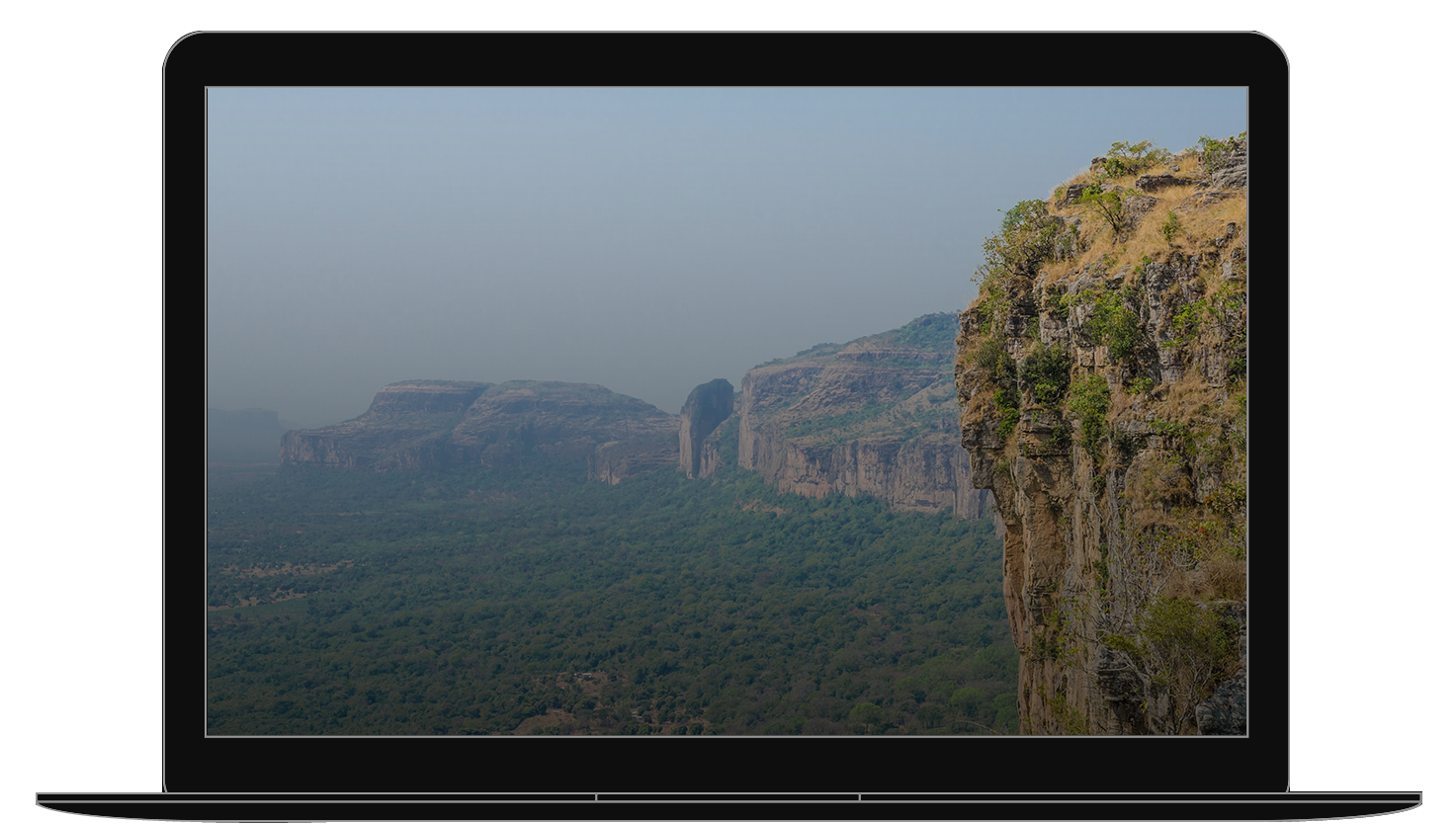
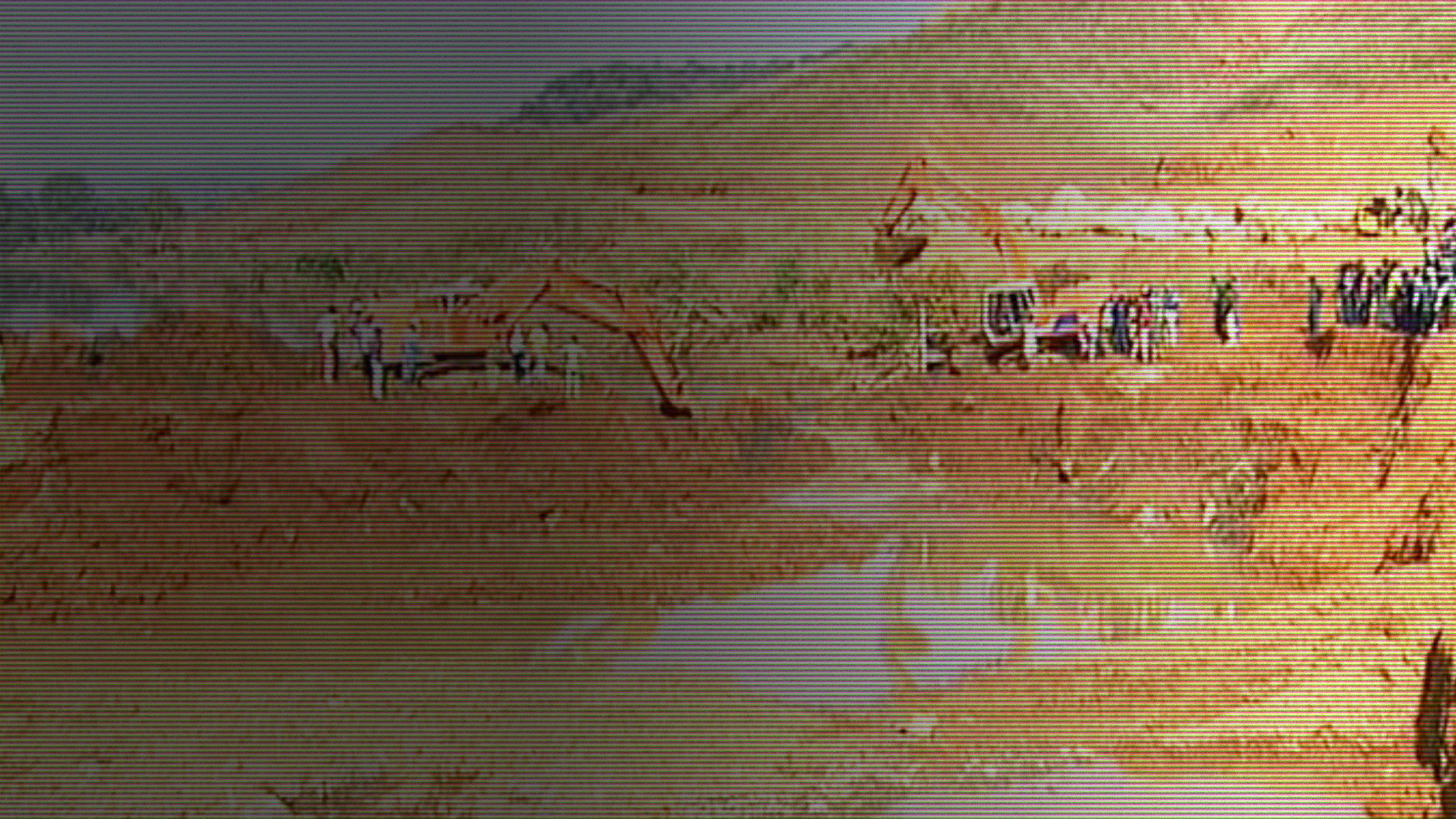
Garafiri, espoir pur la Guinée
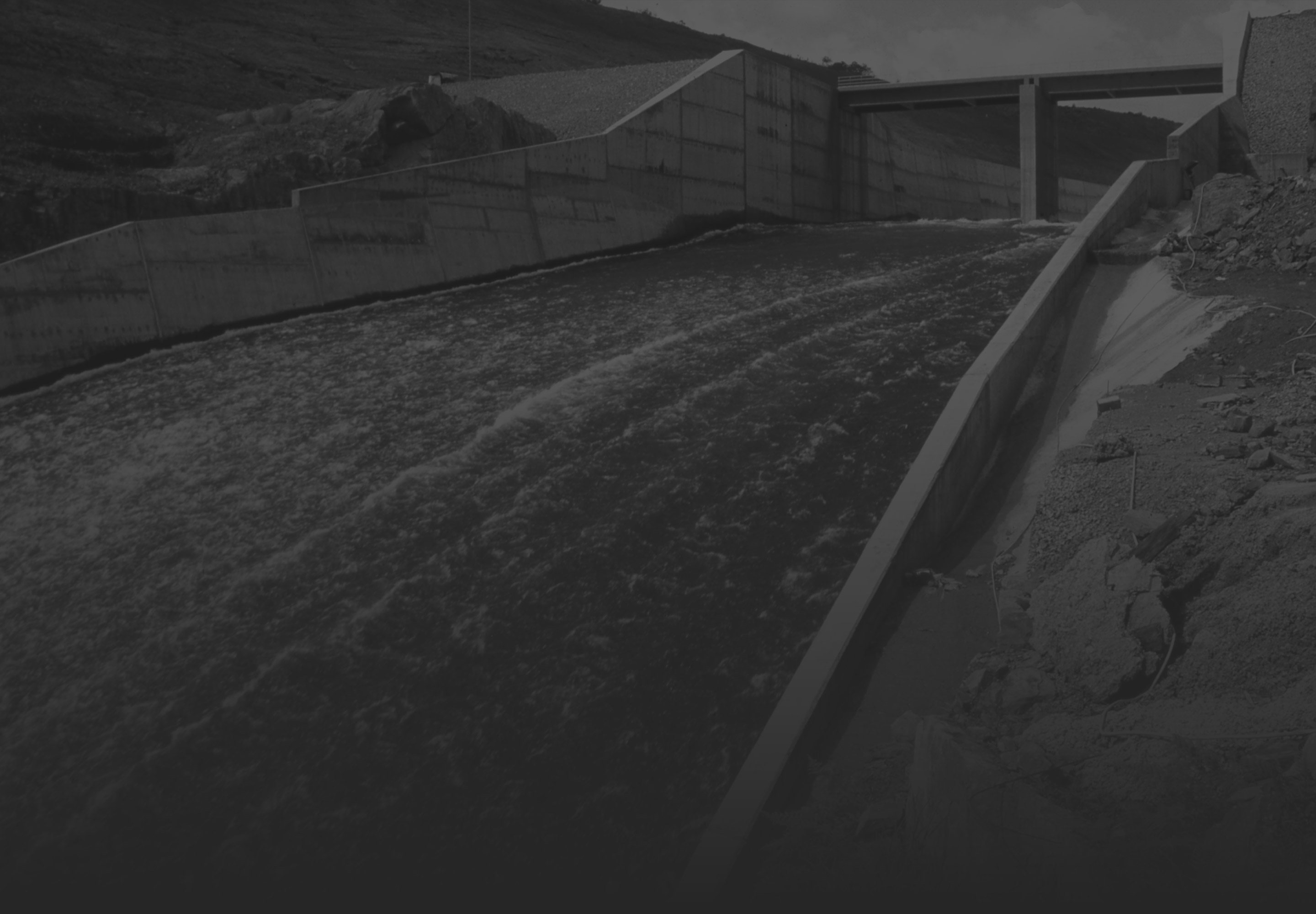
Here, renewable energy is king
Guinea - which shares borders with Senegal, Mali and Sierra Leone - is a country characterised by an exceptionally varied geography and climate, including the Fouta Djallon plateau massif, whose highest point is the peak of Mount Tamgué, at an impressive 1,538 metres. The presence of numerous waterways, with sizeable flows and frequent elevation changes, is behind the country’s high potential for the development of hydroelectric power plants, whose estimated total capacity sits somewhere between 4,740 and 6,000 MW, depending on how much can be invested in them.
With this in mind, the Garafiri Dam was only the first hydroelectric development on the Konkouré River (in 1954, the Grandes Chutes Dam was built on the Samou, a small tributary), on the banks of which two power plants were inaugurated in 2015 and 2020, with a capacity of 240 and 550 MW (as against the 75MW output of Garafiri Dam).
As such, thanks to this investment, this modest river (at a length of just over 300km) has become a significant source of hydroelectric power for the country, which still had one of the lowest electricity access rates in the whole of Africa as late as 1999, with its mere 16.40% nearly tripling to 46.81% in 2021.
This benefits the regions of Kindia and Mamou in particular, which are the fourth and last administrative units by resident population, respectively.
All in all, the electricity produced at Garafiri has a potential user base of 4,874,260 people, equivalent to over a third of the country’s total population, which passed 14 million in 2024.
Hydroelectric power generation has considerable potential for growth: according to AFREC (African Energy Commission) data from 2020, electricity in Guinea is largely obtained from thermal and hydroelectric sources, with the latter representing 17.42% of the electricity produced in the country in 2019. What’s more, thanks to the extensive use of biomass in energy production, 65.53% of the country’s energy consumption was already covered by sustainable sources in 2021.





